Japan has become increasingly culturally diverse in recent years, with one of the largest ethnic populations being Chinese. The presence of Chinese culture and its population in Japan has deep historical roots, dating back to around 200 C.E. The legacy of the history can be found all over Japan and is celebrated through restaurants, schools, events, etc.
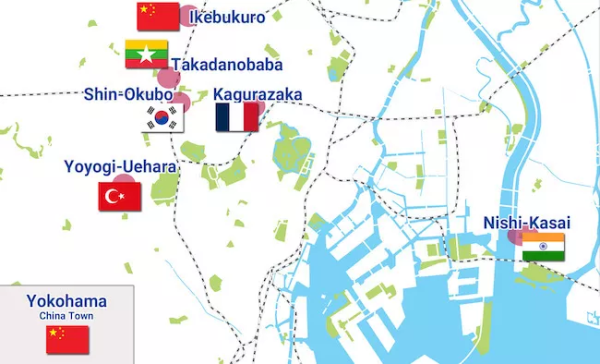
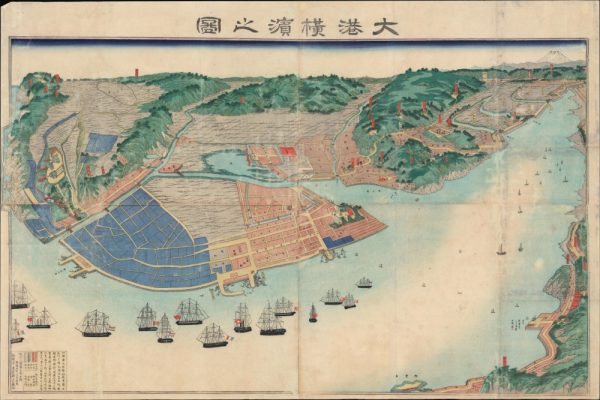
The initial wave of Chinese migration began in the 1850s when the Yokohama port opened as Japan began participating in international trade. Nonetheless, modern Chinese migration to
Japan began a few decades later, when Japan’s economy was rapidly growing and the Chinese government had reduced restrictions on its citizens. According to data from OpenEdition Journals, Japan’s Chinese population has grown from 50,000 to 335,000 in 20 years (1980-2000). A lot of these immigrants decided to settle, gather, and form a community together.
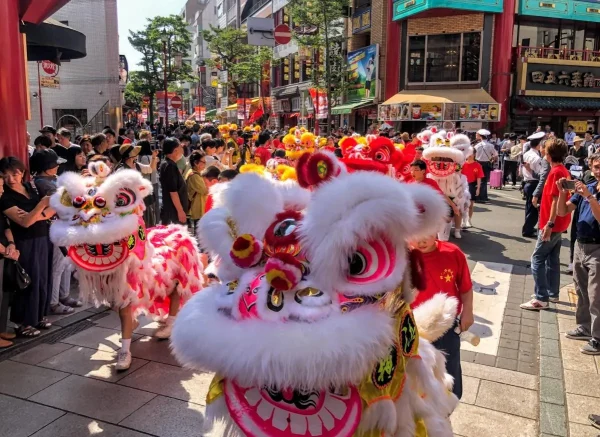
The Chinatown was established in central Yokohama in the late 19th century. The Chinese merchants who settled here opened shops or restaurants representing their cultures. The area is a great place for cultural exchange. According to JapanTravel, the Yokohama Chinatown welcomes 21 million visitors per year. Chinatowns combine traditional pre-modern Chinese culture with modern Chinese trends. For example, there are traditional Chinese elements such as temples alongside modern Chinese trends like pop-up boba tea shops.
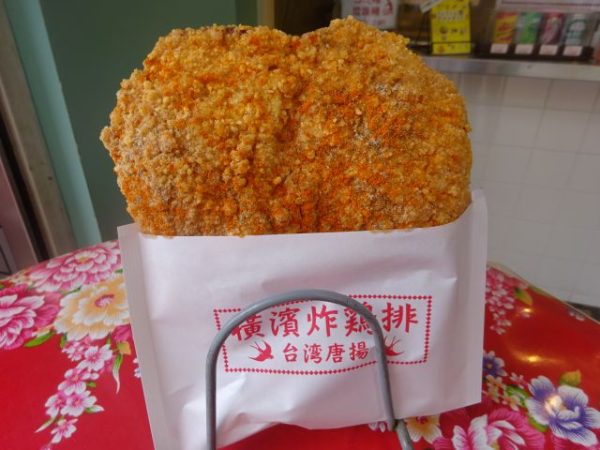
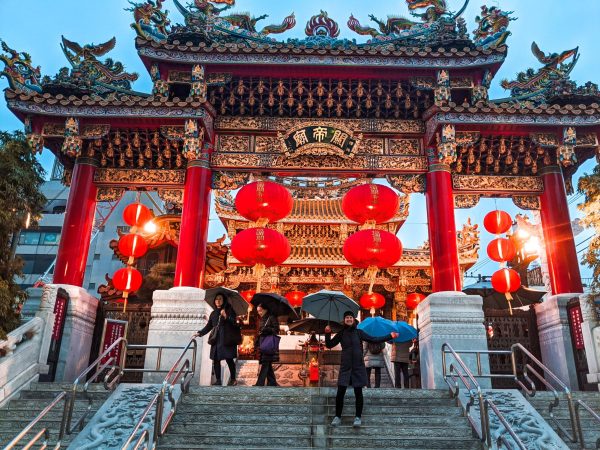
However, the Chinese population is not restricted to only the “Chinatowns”. Places such as Ueno, Akihabara, and Shinjuku have a large number of younger Chinese residents who work or attend school in Japan. In an interview conducted by Hiroshima University, one of their students, Pi Guan Yi explained, “…but since the job market in China wasn’t very good, I didn’t want to apply for jobs right away. Plus, I really wanted to keep studying, so I came here (Japan)”. This indicates Japan’s well-developed education system and job opportunities. The Chinese people choose to live there because of the convenience and advanced facilities. The large Chinese population in these areas attracts trendy Chinese stores to open up locations. For example, China’s largest hot-pot chain, Haidilao HotPot, has locations in Akihabara, Ikebukuro, Ueno, and Shinjuku.

Traditional Chinese cuisine (中華料理 chūkaryōri) has been in Japan for a long time, traceable back to the Tang dynasty (618-907). It has since become a significant part of Japanese food culture. Below is a comment found on the subreddit r/JapanTravel answering questions regarding the Chinese cuisine in Japan: “Yokohama Chinatown is huge and has some pretty decent Hunan, Sichuan, and Cantonese restaurants. Most have traditional, along with some westernized and Japanese-style dishes you mentioned”.
Chinese restaurants with Japanese owners can be found everywhere, not only in the densely Chinese-populated areas, but also in the more Japanese-dominated places. On the other hand, there is also a chain of modern Chinese restaurants opening up in Japan. Modern Chinese cuisine includes hot-pots, bubble tea, and “Mala-tang” (a spicy-numbing soup in which one can add toppings of one’s choice). An example of this would be the numerous CoCo bubble tea locations all around Tokyo. The store was founded in 1997 in Taiwan and entered the Japanese market in 2017 (EnterpriseAsia.com). It now has around 6 locations, including Shibuya and Harajuku. The presence of these shops in popular regions demonstrates how modern Chinese/Mandarin culture has become “trendy” over the years.

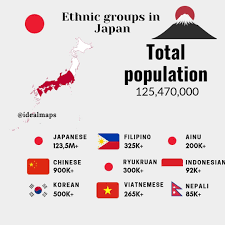
To sum up, Chinese culture has always had quite a strong influence on Japan, from architecture to cuisine, and in the last few years, pop culture. The Chinese population has undoubtedly become a very significant part of Japan, as it takes up quite a large section of Japan’s demography. The presence of Chinese people and culture reflects the evolving and dynamic relationship between the two very historically and culturally rich nations.